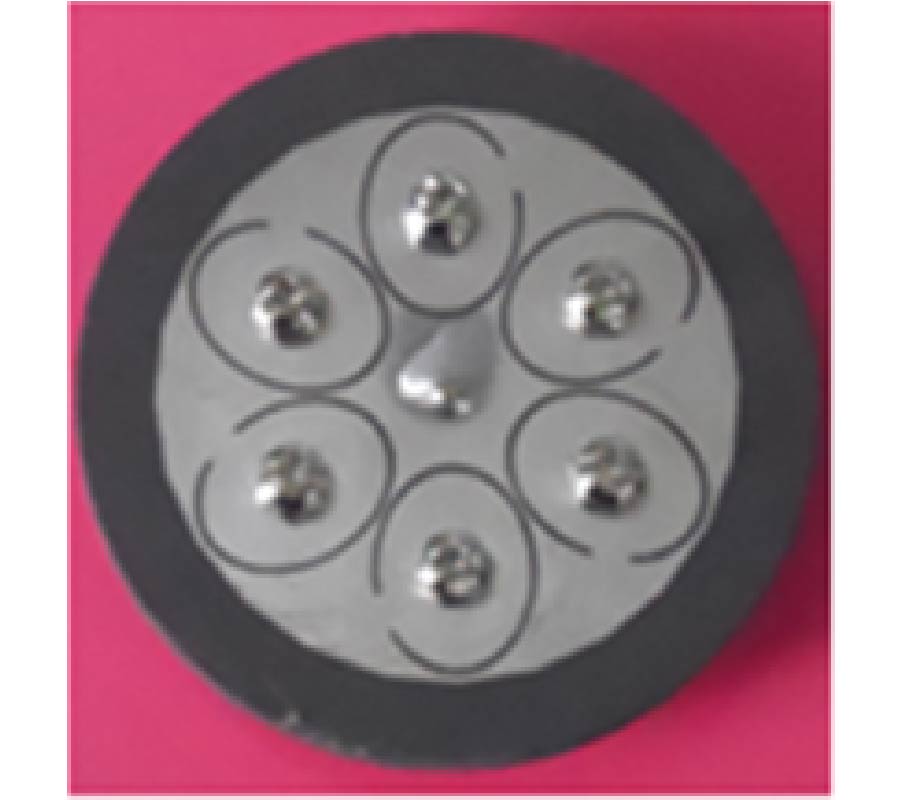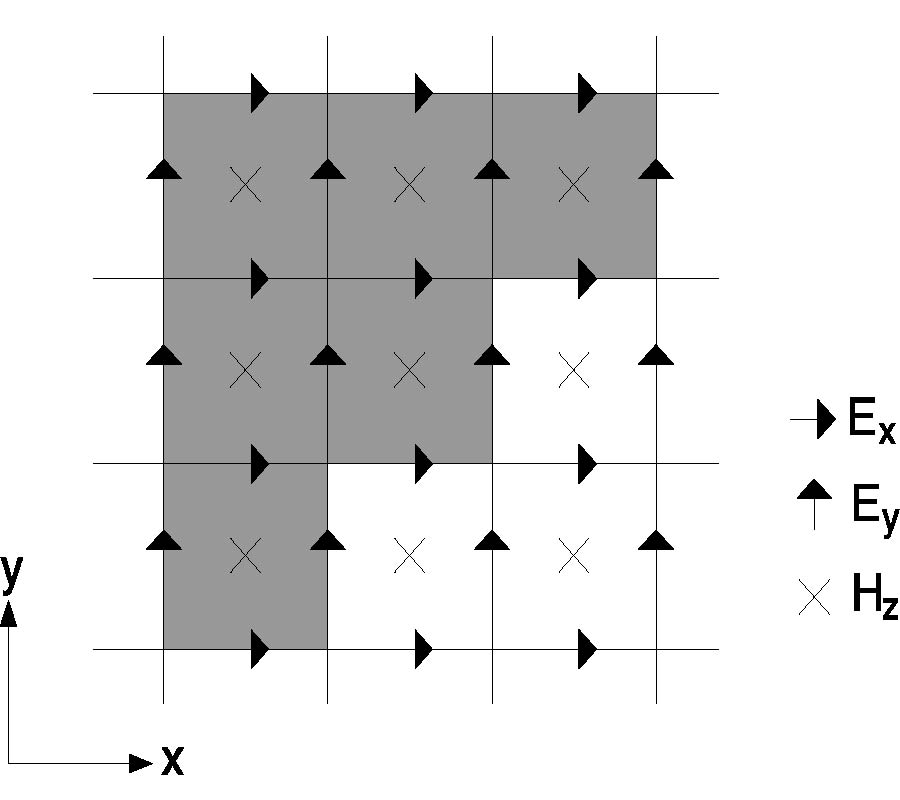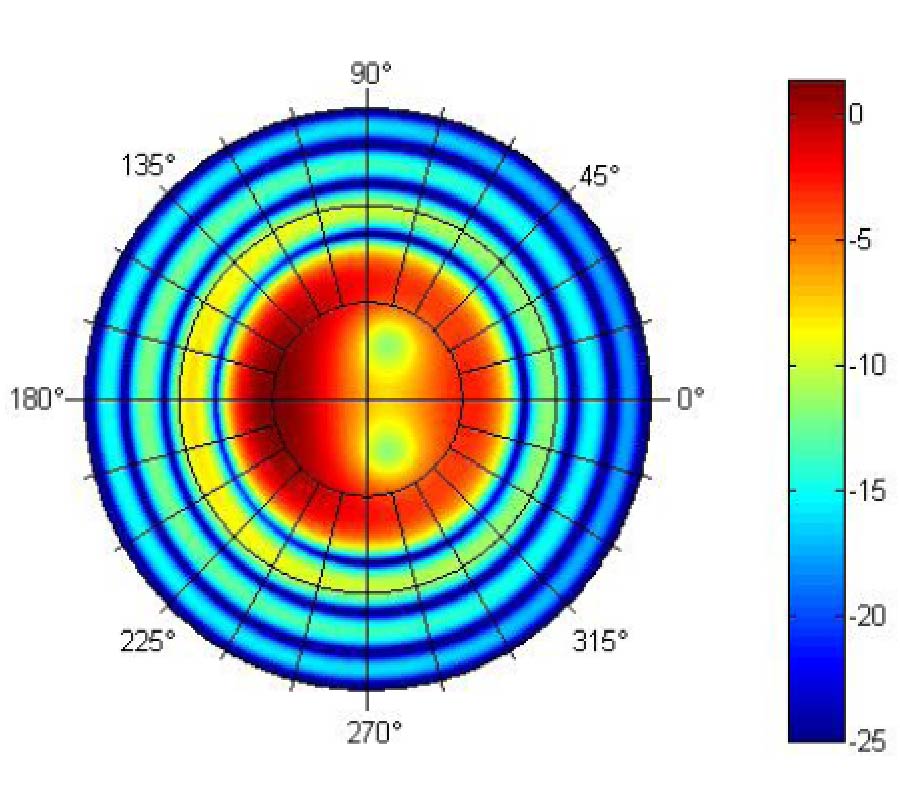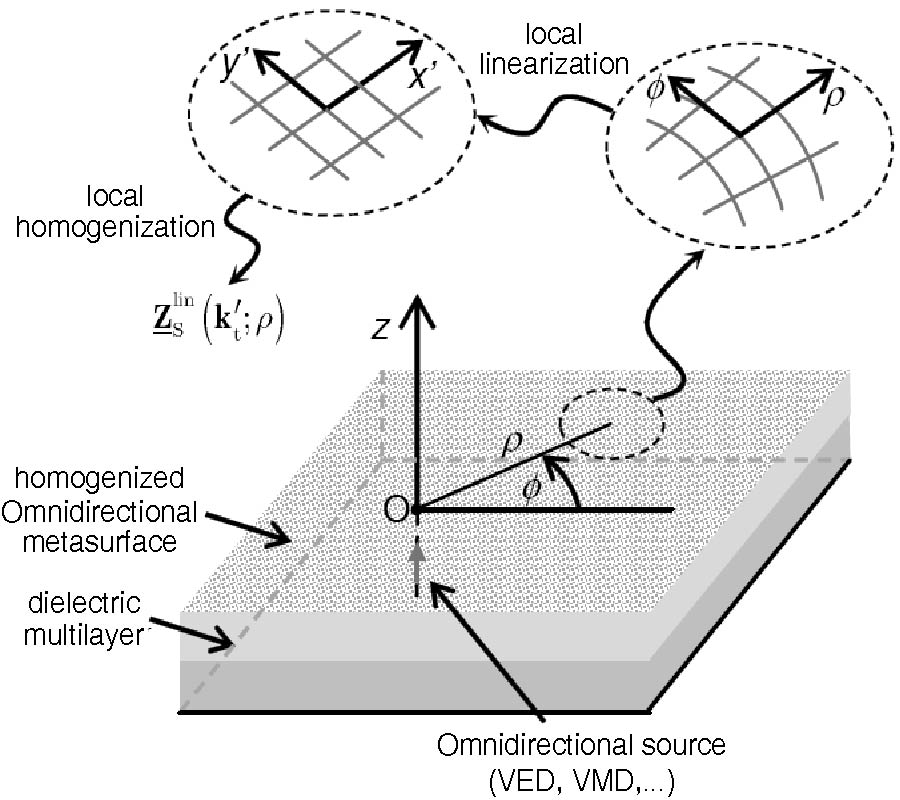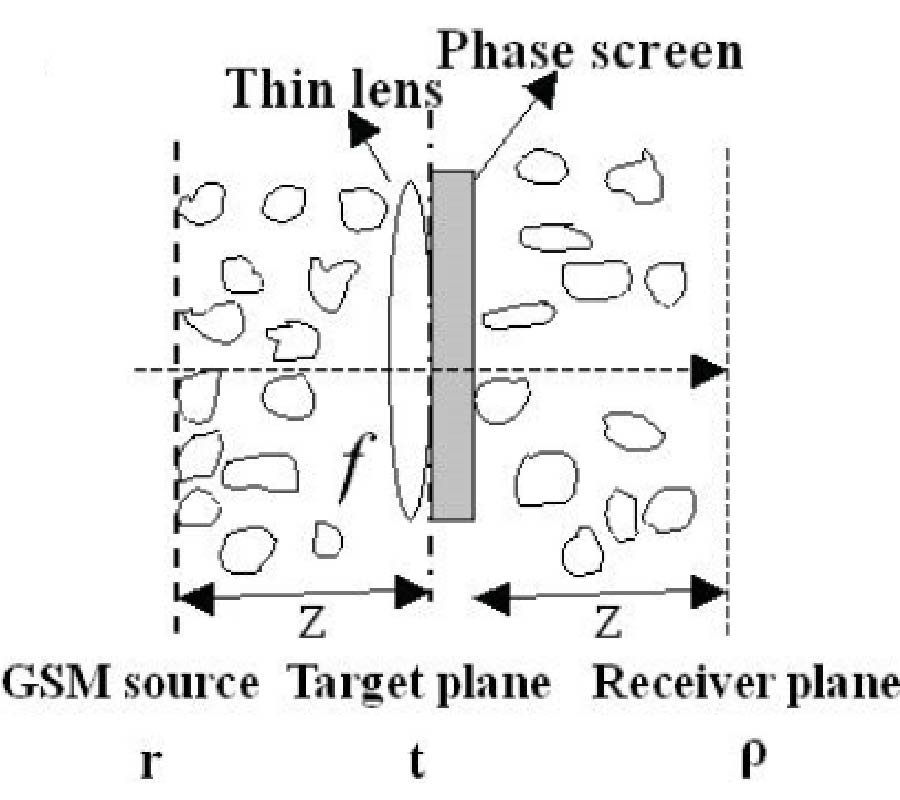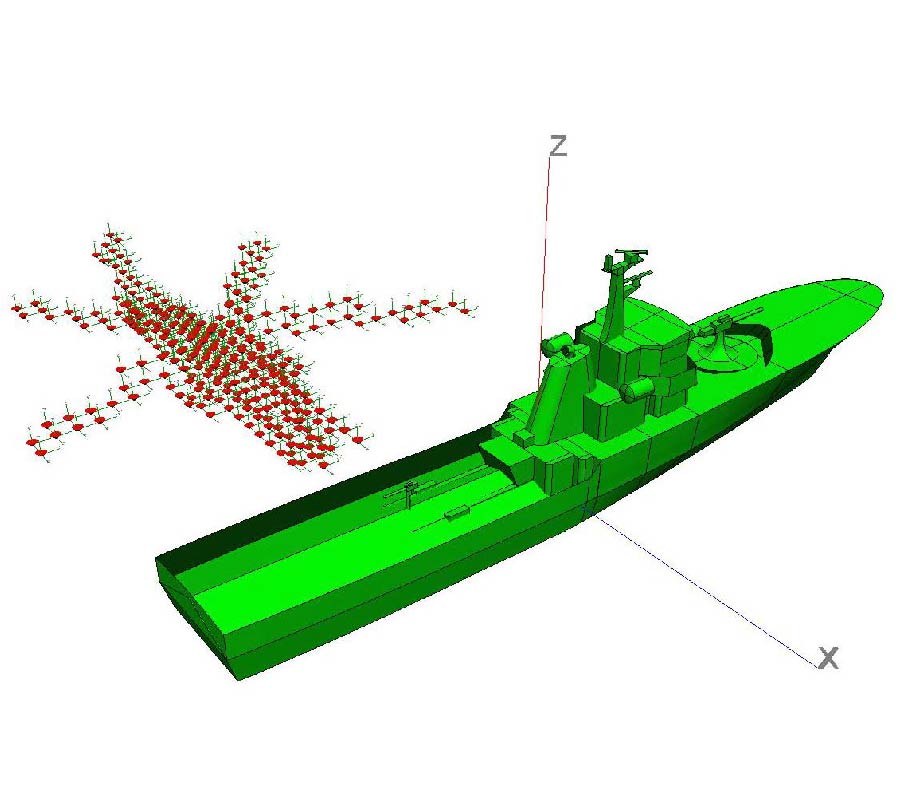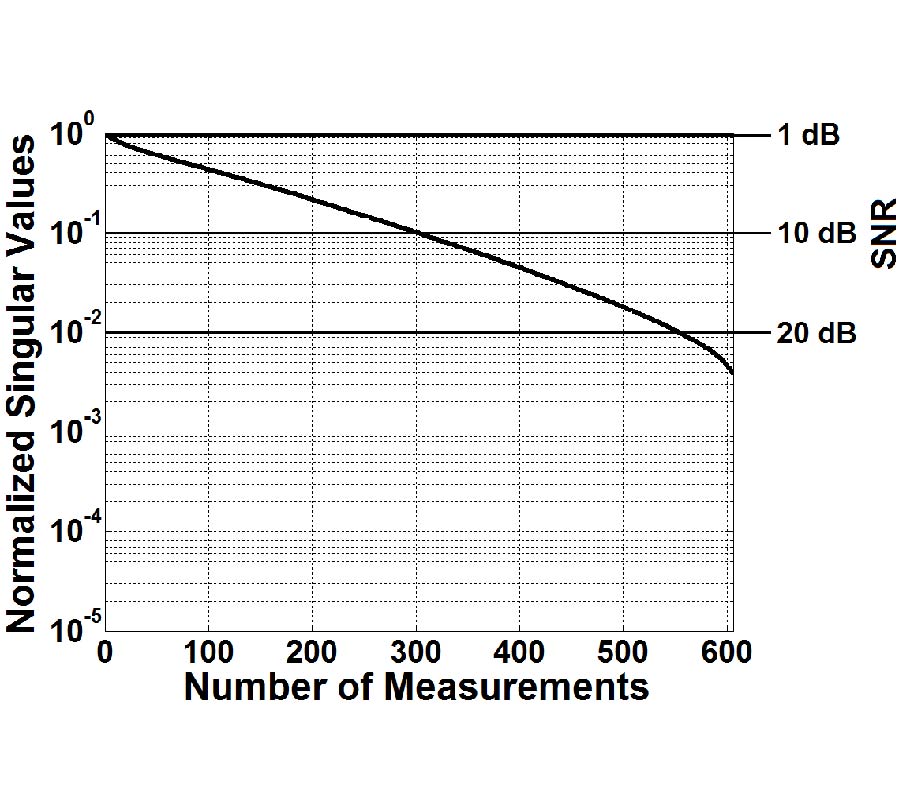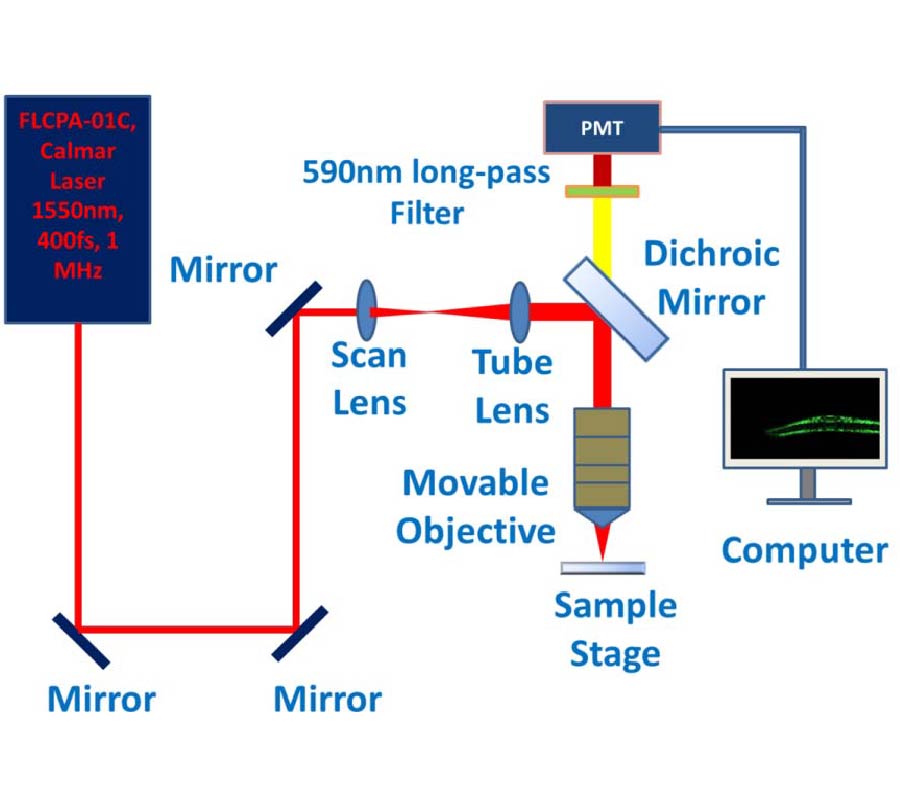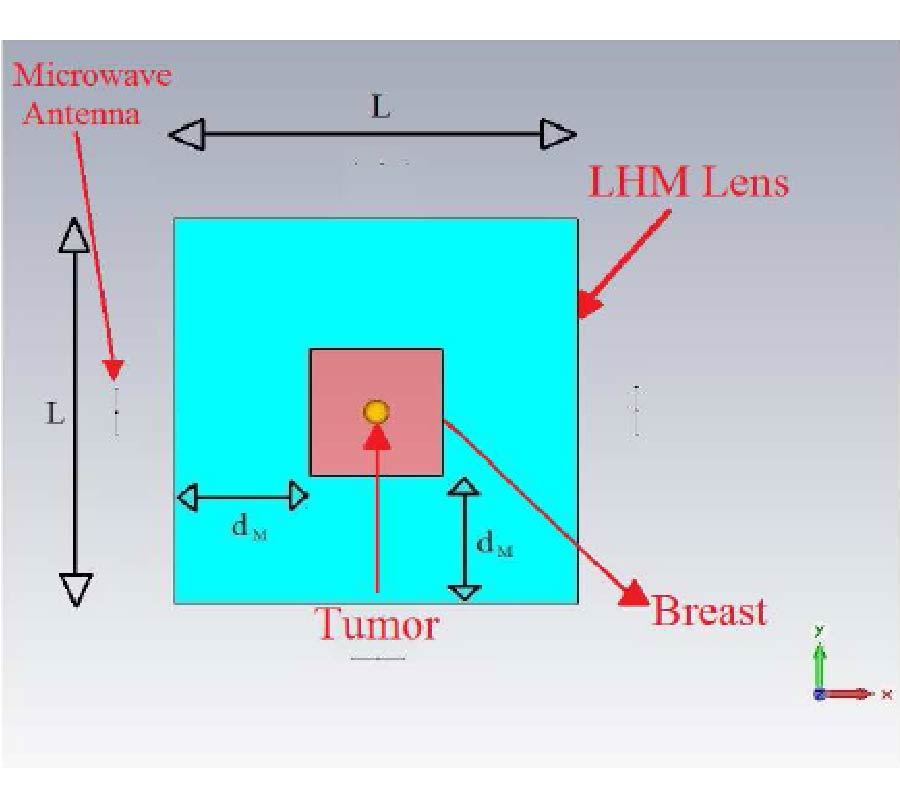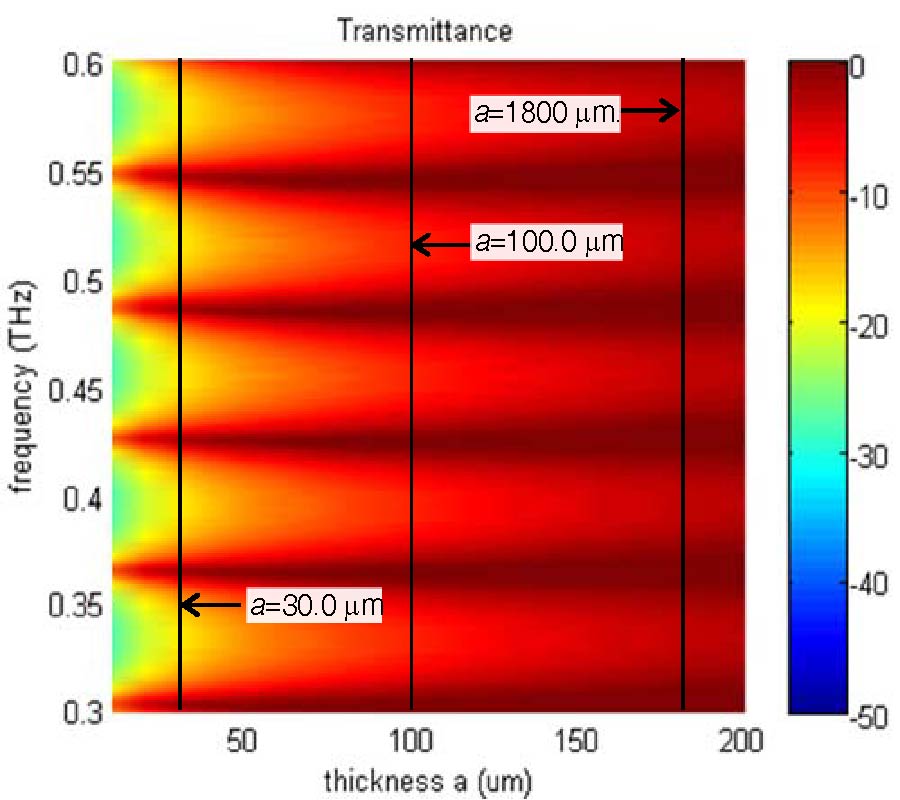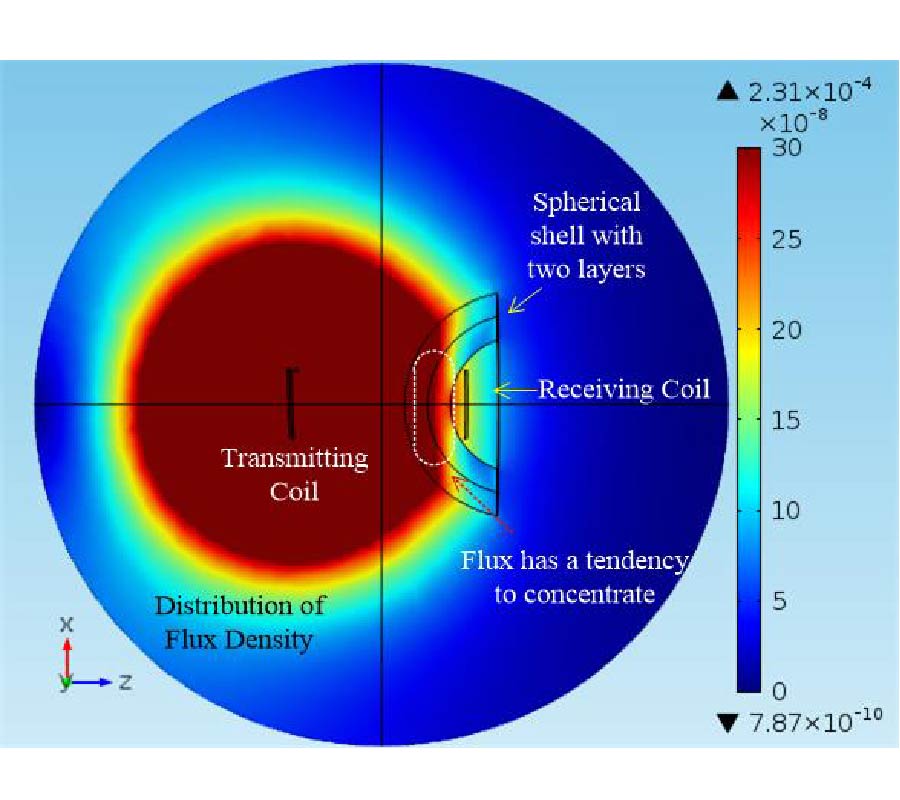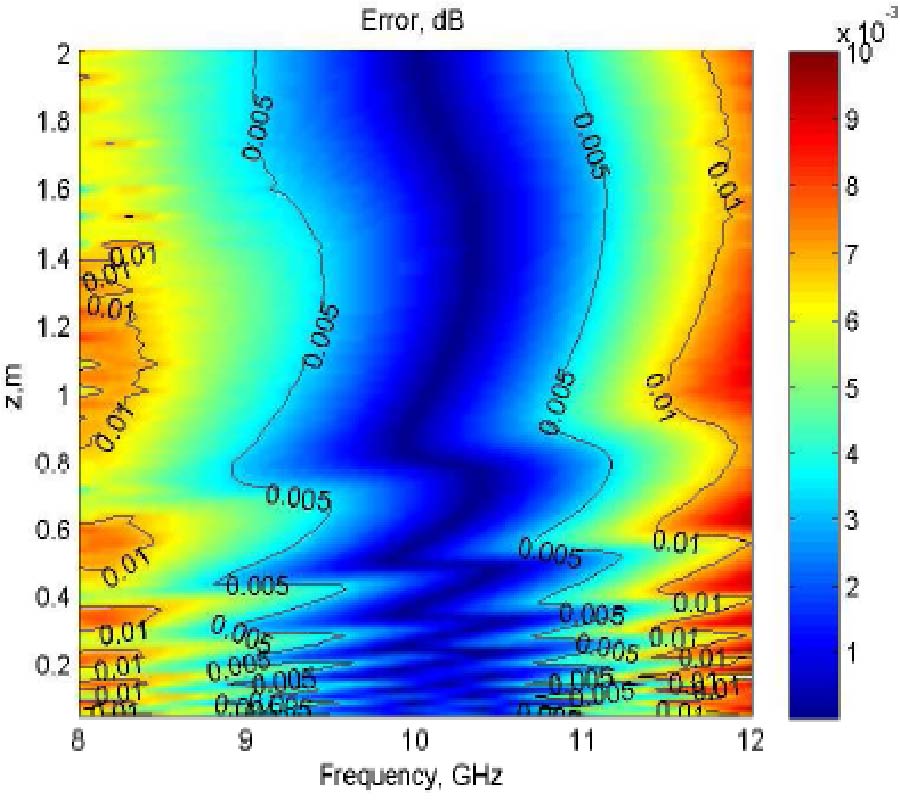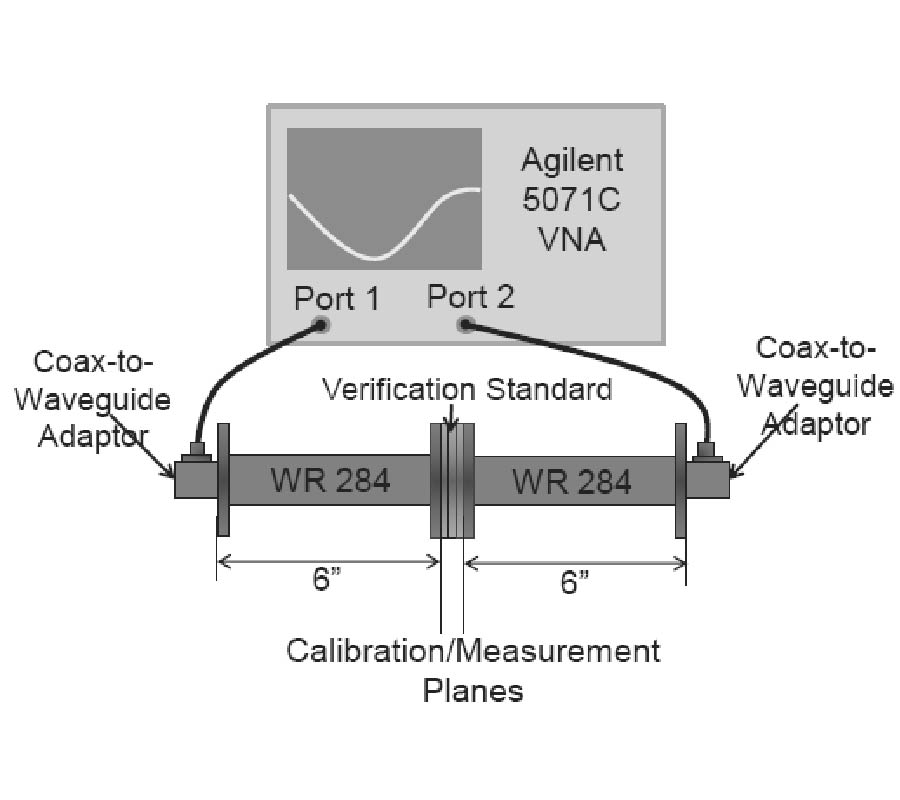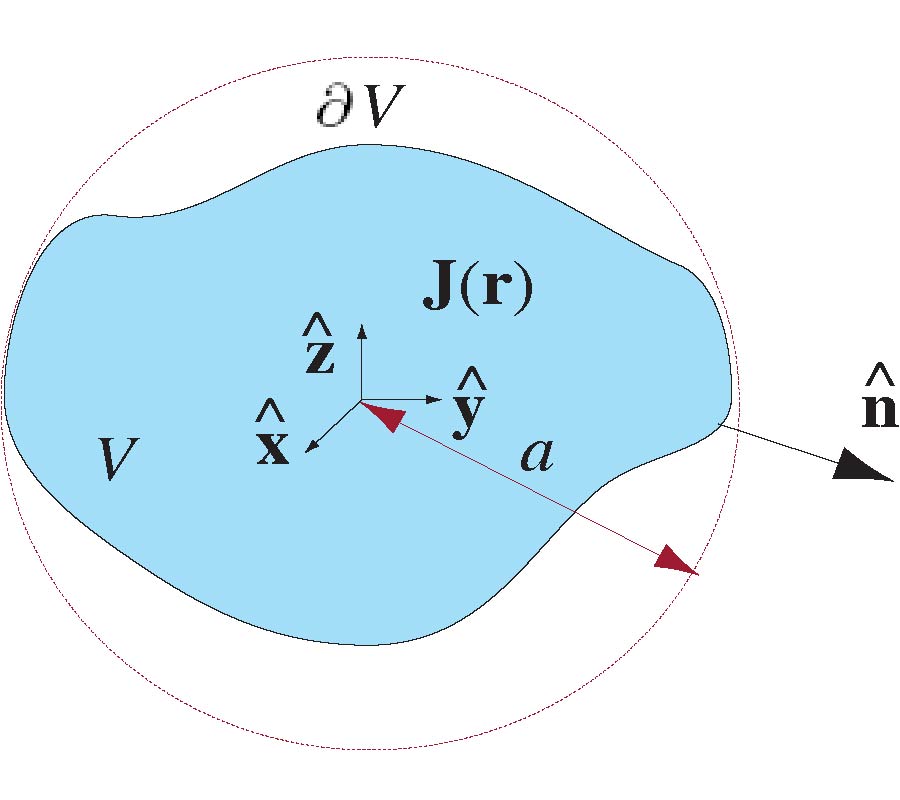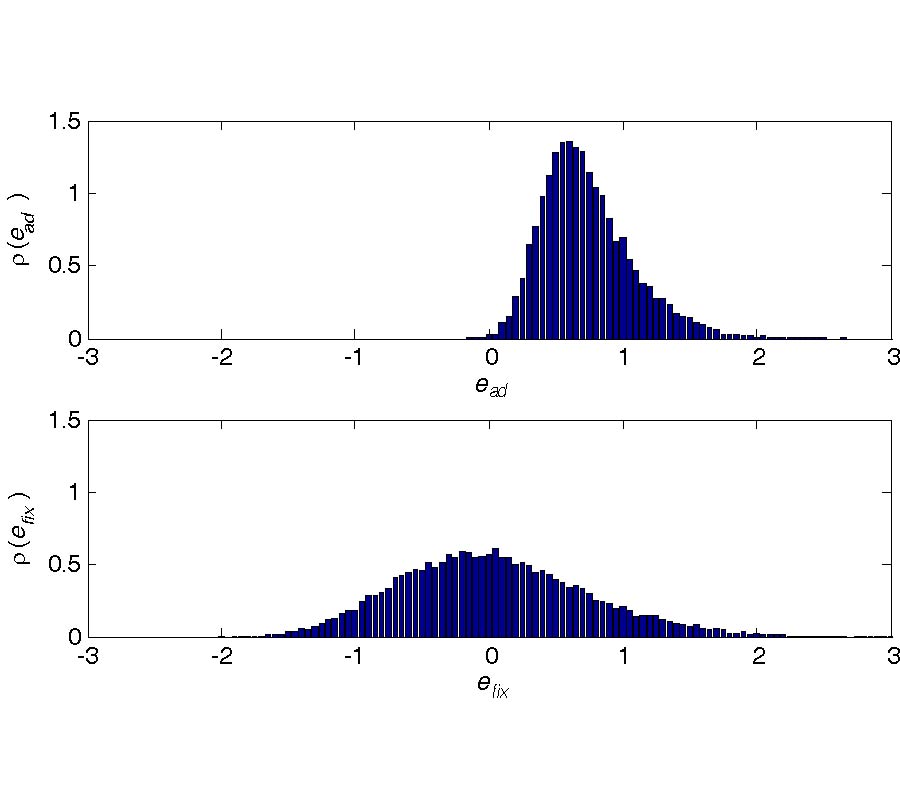Resolution of the Frequency Diverse Metamaterial Aperture Imager
Okan Yurduseven,
Mohammadreza F. Imani,
Hayrettin Odabasi,
Jonah Gollub,
Guy Lipworth,
Alec Rose and
David R. Smith
The resolution of a frequency diverse compressive metamaterial aperture imager is investigated. The aperture consists of a parallel plate waveguide, in which an array of complementary, resonant metamaterial elements is patterned into one of the plates. Microwaves injected into the waveguide leak out through the resonant metamaterial elements, forming a spatially diverse waveform at the scene. As the frequency is scanned, the waveforms change, such that scene information can be encoded onto a set of frequency measurements. The compressive nature of the metamaterial imager enables image reconstruction from significantly reduced number of measurements. We characterize the resolution of this complex aperture by studying the simulated point spread function (PSF) computed using different image reconstruction techniques. We compare the imaging performance of the system with that expected from synthetic aperture radar (SAR) limits.
